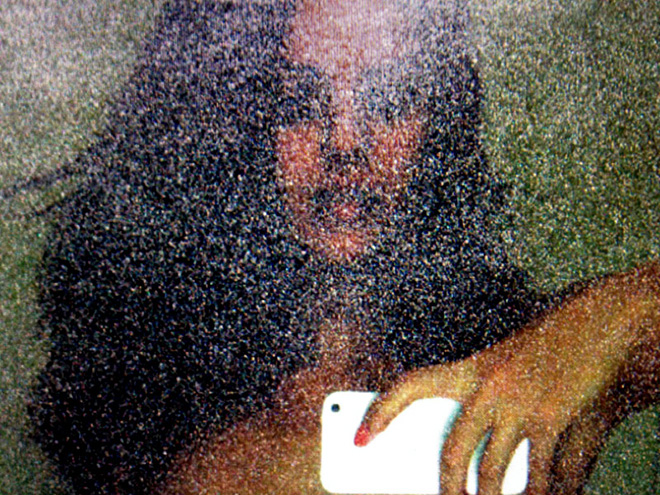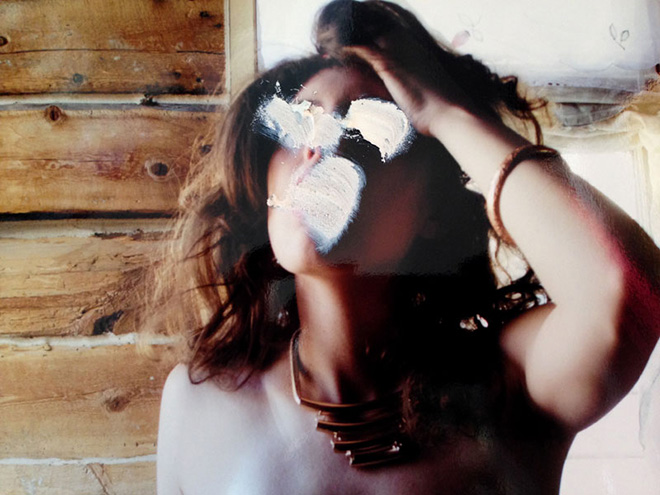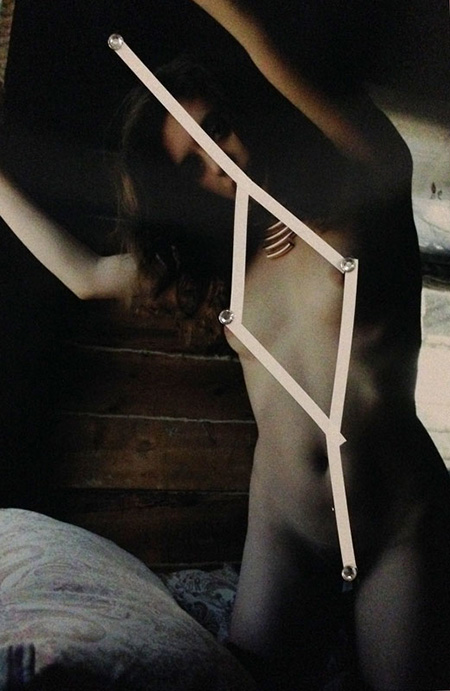The cess of majesty dies not alone

Often, damaged works of art end up in the vaults of insurance companies. Once the owner submits a claim on the damaged piece, a team of experts, appraisers, conservators and adjusters offer specialist advice on the artwork’s condition and devaluation. The economics of selling and repairing the work are weighed up, and generally, if the cost of restoring a work is far beyond what it is worth, the work will be claimed as “total loss”. The insurance company will pay out on the policy and, in exchange, retain the broken piece. The “total loss” artwork is effectively declared worthless, unsalvageable by both insurer and owner. From then on it belongs to the insurance company as salvage.
Some of these pieces, though, end up being exhibited by the Salvage Art Institute (SAI), which calls itself a “haven” for written-off works. Conceived by Elka Krajewska, an artist in New York, in 2009 during a chance meeting with a representative of AXA Art Insurance, it took her until 2012 to jump through enough legal hoops to persuade the insurer to donate some of their total-loss works to the SAI. A selection of these works is now on show in “No Longer Art”, a show at BNKR Space, a gallery in Munich.
welded steel, porcelain, wire mesh, canvas, grommets, and wire { Lee Bontecou, Untitled, 1980–98 }


























